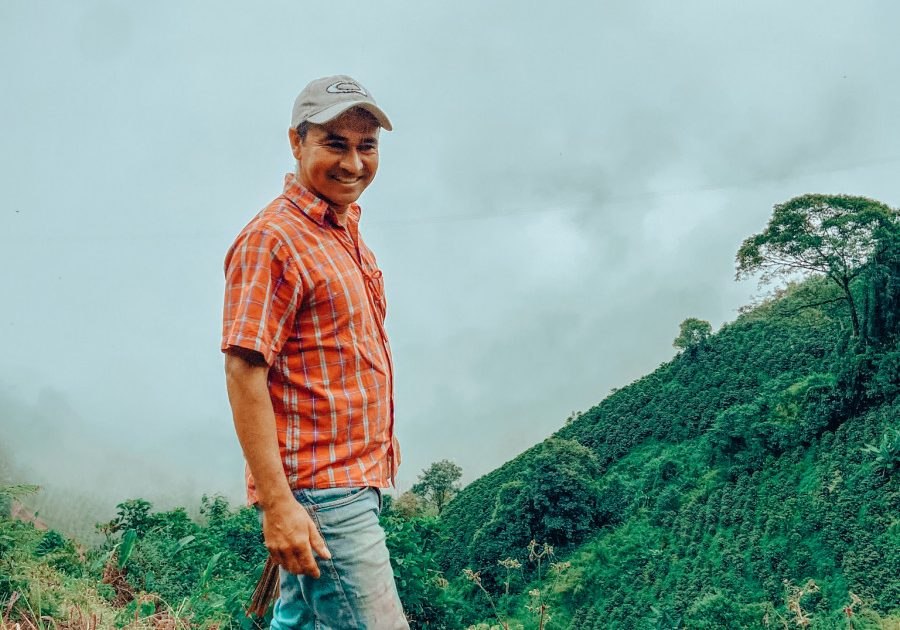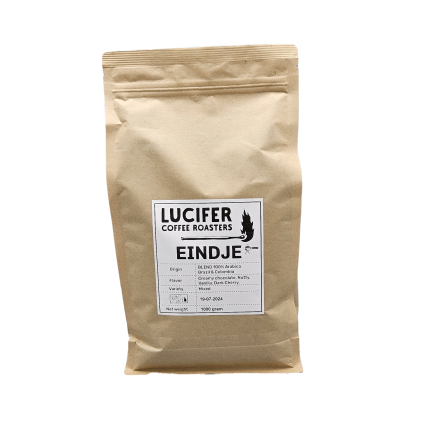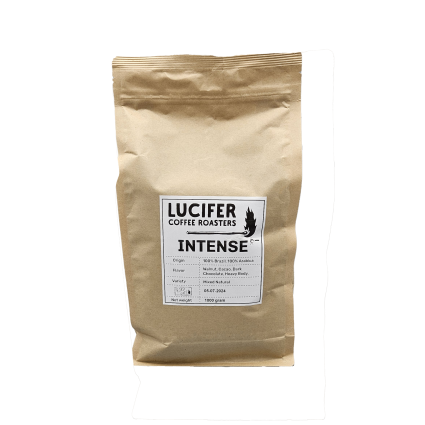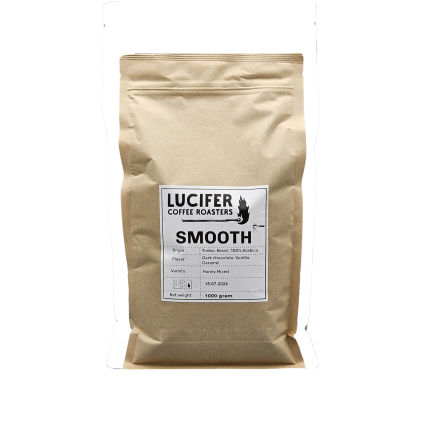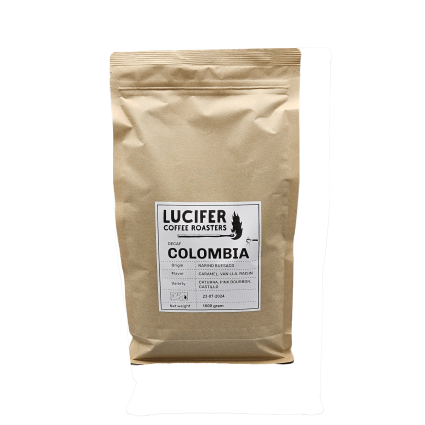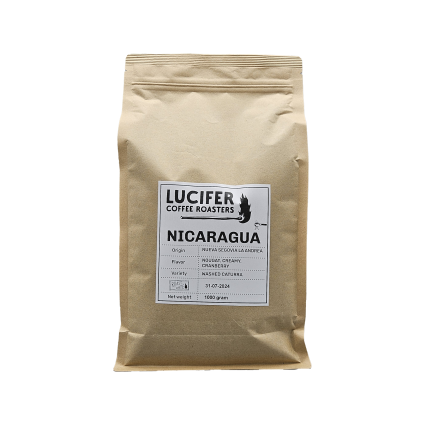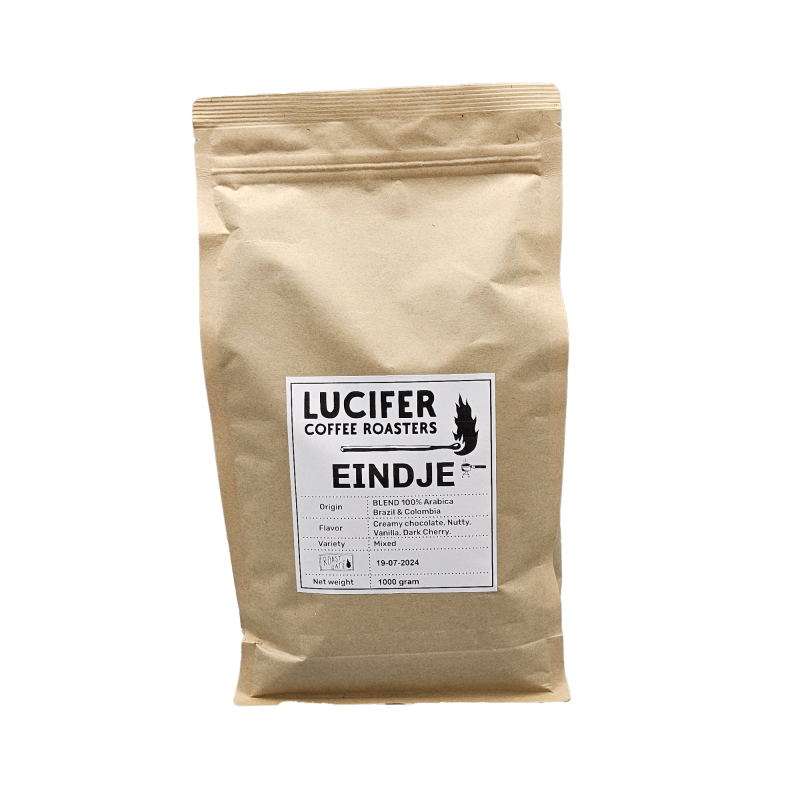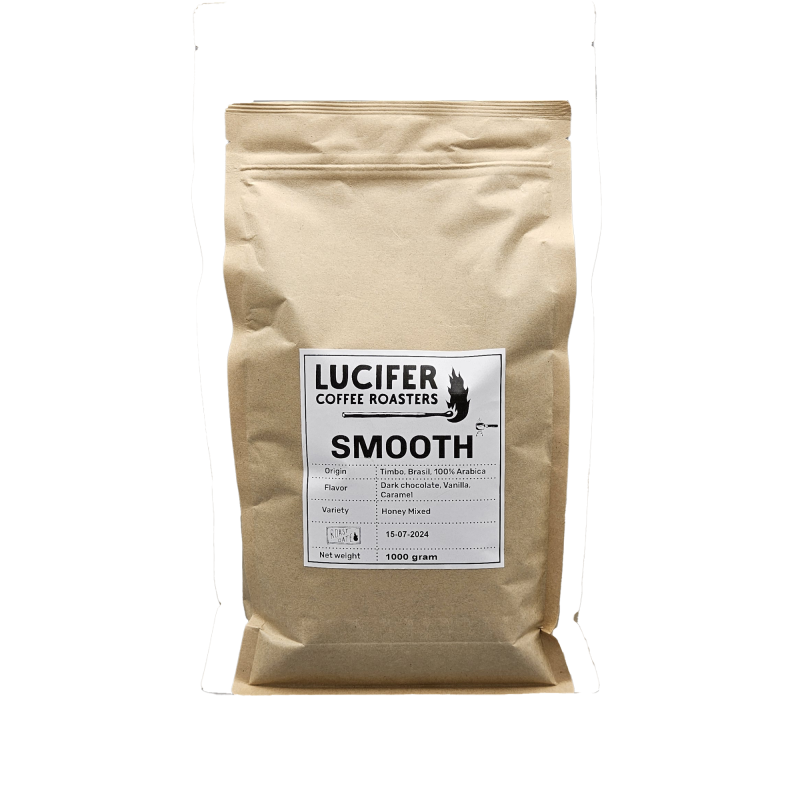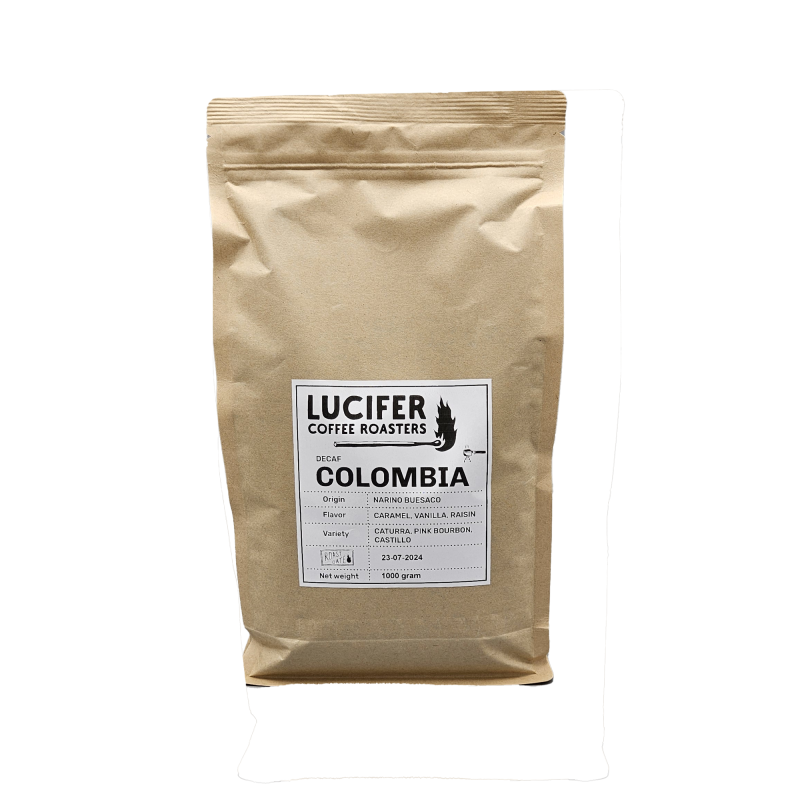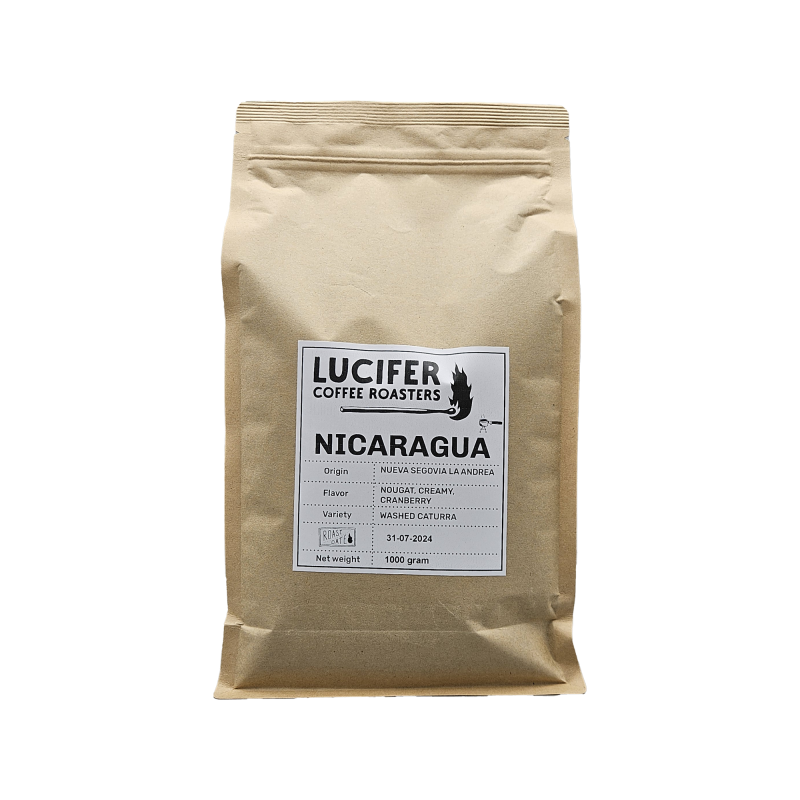Blog
Decaffeination of Coffee
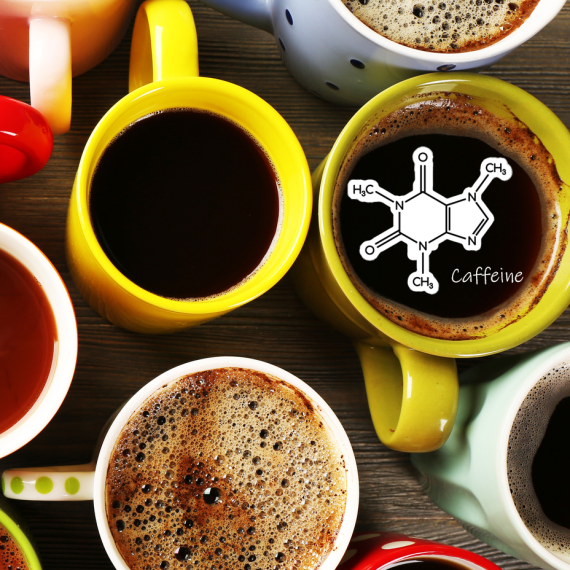
Objectives of Decaffeination
The goal of decaffeination is to remove the caffeine molecule without significantly affecting the concentration of other substances in the beans. The methods used can involve either direct contact between the coffee and a solvent or use techniques that avoid direct contact.
Swiss Water Process
SWISS WATER PROCESS is a no-contact method of decaffeination. The steps involved are as follows:
- Soaking: The first batch of coffee is soaked in hot water, extracting most soluble and partially soluble substances, including aromas, oils, acids, and caffeine.
- Filtering: The component-rich water is then filtered to remove large caffeine molecules. The beans, now flavorless, are not of high quality at this stage.
- Reuse of Aromatic Water: The aromatic water, now caffeine-free, is heated and used to process subsequent batches of beans. This water, already saturated with flavors, only extracts caffeine from the new beans. This process takes about 8-10 hours.
Traditional Decaffeination Process
Traditional Decaffeination Process
The TRADITIONAL DECAFFEINATION PROCESS involves direct contact between the solvent and the bean:
- Solvent Soaking: Beans are soaked in an organic solvent, often ethyl acetate, for 20-24 hours. This solvent binds with the caffeine and separates it from the beans.
- Purification: The caffeine-rich solvent is then purified in a distillation column and can be reused.
- Steam Extraction: Beans are subjected to steam extraction to remove any solvent residues.
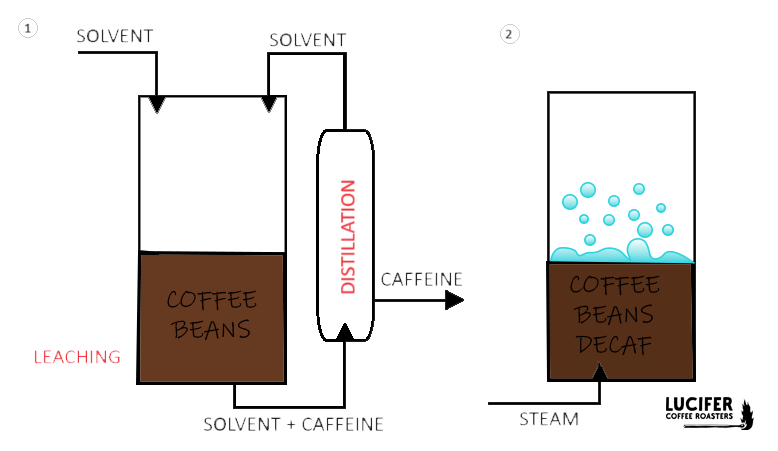
Natural Decaffeination Method
Natural Decaffeination Method
A variation known as the NATURAL DECAFFEINATION METHOD involves:
- Pressure Application: Beans are subjected to pressure for about 30 minutes to open their pores.
- Solvent Soaking: The beans are then soaked in the solvent, which extracts the caffeine.
- Steam Removal: The solvent, now containing caffeine, is removed, and the beans are steamed again to eliminate any residual solvent.

Our Colombia Decaf
Processed using the Natural Decaffination Method, our COLOMBIAN DECAF COFFEE is a product of collaboration between 22 small farmers in the Buesaco region and our importer (The Coffee Quest). Samples of the coffee crops are sent to the importing company's regional collection station, where the beans are evaluated for quality. If they meet the standards, the coffee is decaffeinated and tested further.
Then, after a meticulous search far and wide, we’re beyond excited to present a truly special DECAF COFFEE on our shelves. With notes of caramel, vanilla, and resin, this is a decaf that stands out and delights.
